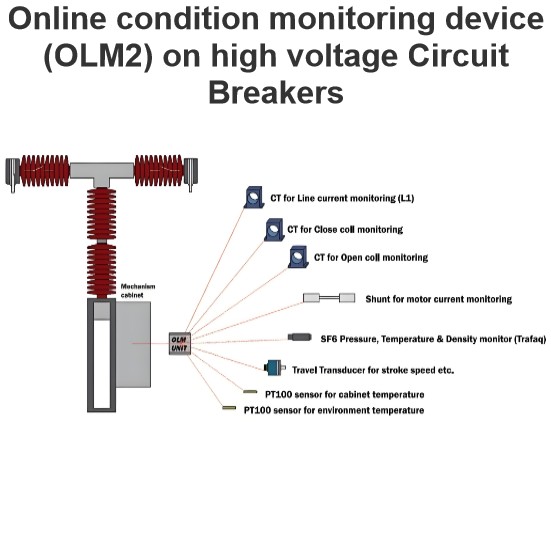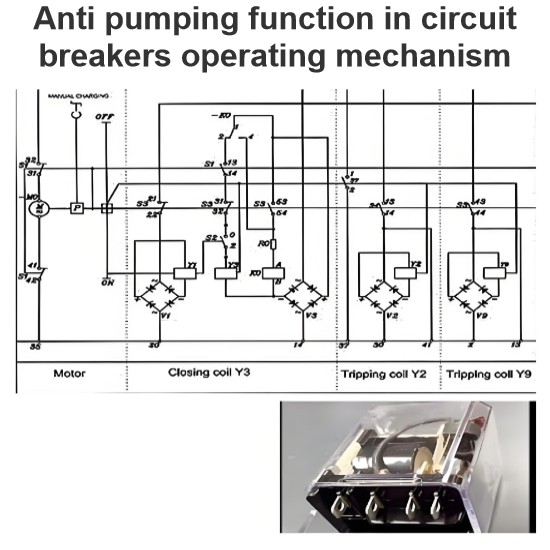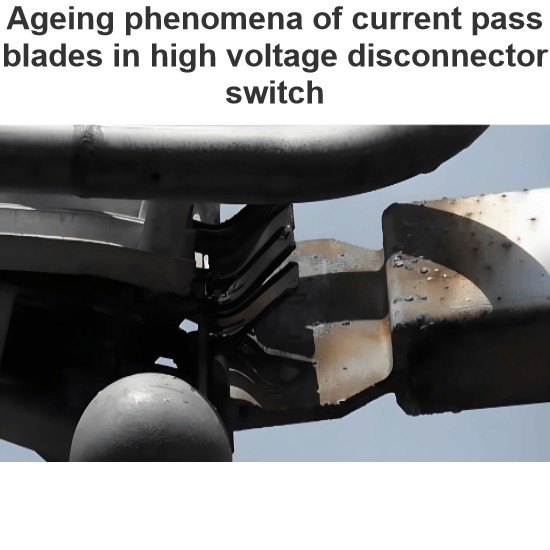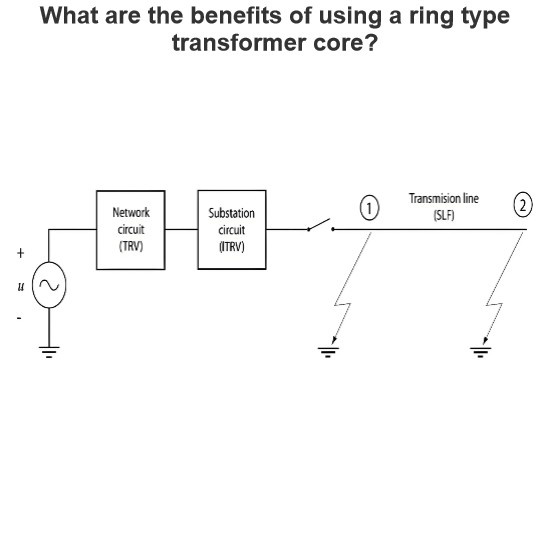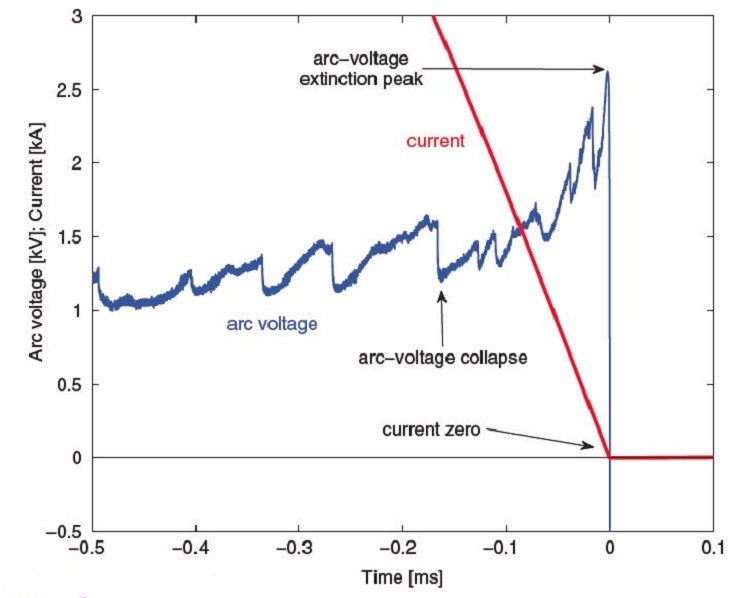High Voltage Circuit Breaker
Arc Voltage in Gas Circuit Breakers
In gas circuit breakers, the arc voltage is a critical parameter that influences the interruption process and the overall performance of the breaker. The arc voltage can range from a few hundred volts to several kilovolts, depending on various factors. Below is a detailed explanation of the key factors that affect the arc voltage:
1. Arc Length
- Principle: The voltage drop across the arc is directly proportional to the length of the arc. As the arc length increases, the voltage required to maintain the arc also increases.
- Explanation: When the contacts in a gas circuit breaker separate, an arc forms between them. The arc length can be much longer than the initial contact gap due to the movement of the arc (arc stretching) as it is influenced by magnetic fields or gas flow. The longer the arc, the higher the voltage drop across it, making it easier to extinguish the arc because more energy is required to sustain it.
2. Type of Gas
- Principle: The arc voltage depends on the physical properties of the surrounding gas medium, such as its pressure, temperature, and ionization state.
- Explanation: Different gases have different dielectric strengths and thermal conductivities, which affect how easily the arc can be sustained. For example, sulfur hexafluoride (SF₆) is commonly used in high-voltage circuit breakers because of its excellent insulating properties and ability to quickly de-ionize after the current passes zero. Gases with higher dielectric strength require higher voltages to maintain the arc, which aids in arc extinction.
3. Contact Material
- Principle: The material of the arcing contacts has a minor influence on the arc voltage, primarily affecting the voltage drop in the anode and cathode regions.
- Explanation: The main voltage drop in a gaseous arc occurs across the arc body itself, not at the contact surfaces. However, the contact material can influence the local voltage drop near the anode and cathode, known as the cathode and anode fall. Materials with lower work functions (e.g., copper, silver) tend to have lower cathode falls, but this effect is relatively small compared to the overall arc voltage. Therefore, the choice of contact material has a marginal impact on the total arc voltage.
4. Cooling of the Arc
- Principle: The internal power of the arc is the product of the current and the arc voltage. If the arc loses more heat due to cooling, it will increase its power by increasing the arc voltage.
- Explanation: Cooling of the arc can occur through conduction, convection, and radiation. In gas circuit breakers, gas flow (often induced by puffer mechanisms or magnetic blowout coils) helps cool the arc and reduce its temperature. As the arc cools, it becomes less conductive, leading to an increase in arc voltage. This increased voltage makes it harder for the arc to sustain itself, aiding in its extinction.
5. Current Through the Arc
- Principle: Gaseous arcs exhibit a negative volt-ampere characteristic, meaning that the arc voltage increases as the current decreases and vice versa.
- Explanation: As the current approaches zero during the current zero crossing, the arc voltage tends to rise sharply. This is because the arc becomes less stable at low currents, and the reduced number of charge carriers leads to a higher resistance, resulting in a higher voltage drop. Conversely, at higher currents, the arc is more stable, and the voltage drop is lower. This behavior is important for understanding how the arc behaves near current zero, where successful interruption is critical.
6. Arc Voltage Random Excursions and Collapses Near Current Zero
- Principle: Near the current zero crossing, the arc voltage exhibits random excursions and collapses, which are critical for arc extinction.
- Explanation: As the current approaches zero, the arc becomes increasingly unstable. The arc voltage may fluctuate randomly due to the rapid changes in the arc's physical state, such as the density of charged particles and the temperature. These fluctuations can cause the arc voltage to spike suddenly, leading to a collapse of the arc. If the arc voltage rises sufficiently, it can exceed the recovery voltage of the system, causing the arc to be extinguished. This phenomenon is crucial for ensuring that the arc is successfully interrupted at current zero.
Summary
The arc voltage in gas circuit breakers is influenced by several factors, including the arc length, the type of gas, the contact material, cooling effects, and the current through the arc. The arc voltage plays a vital role in the interruption process, particularly near current zero, where random excursions and collapses can determine whether the arc is successfully extinguished. Understanding these factors is essential for designing and operating efficient and reliable gas circuit breakers.
